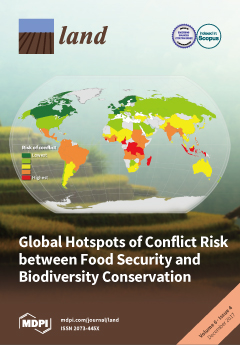Resource information
Indigenous territories are facing increasing pressures from numerous legal and illegal activities that are pushing commodity frontiers within their limits, frequently causing severe environmental degradation and threatening indigenous territorial rights and livelihoods. In Central and South America, after nearly three decades of participatory mapping projects, interest is mounting among indigenous peoples in the use of new technologies for community mapping and monitoring as a means of defense against such threats. Since 2014, several innovative projects have been developed and implemented in the region to demonstrate and train indigenous communities in the use of small drones for territorial mapping and monitoring. In this paper, we report on five projects carried out in Peru, Guyana, and Panama. For each one we describe the context, main objectives, positive outcomes, challenges faced, and opportunities ahead. Preliminary results are promising and have gained the interest of many indigenous societies who envision this technology as a powerful tool to protect their territories and strengthen their claims regarding specific environmental liabilities and justice issues. Based on the results presented here and a review of previous similar studies, we offer a critical discussion of some of the main opportunities and challenges that we foresee regarding the use of small drones for indigenous territorial mapping and monitoring. In addition, we elaborate on why a careful, well thought-out, and progressive adoption of drones by indigenous peoples may trigger grassroots innovations in ways conducive to greater environmental justice and sustainability.


